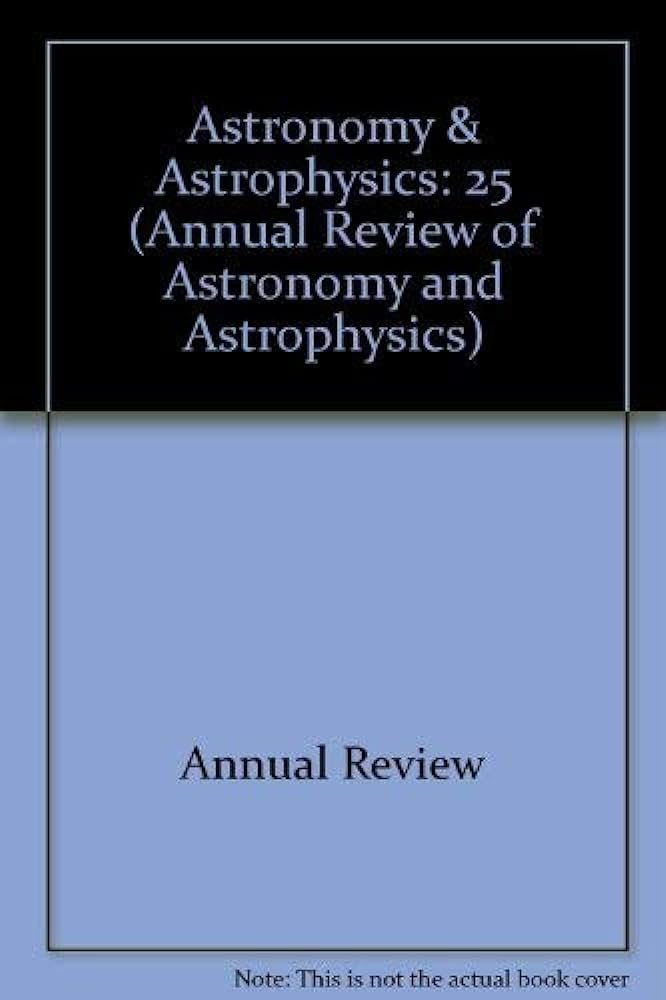Pulsar Magnetospheres and Their Radiation
IF 32.5
1区 物理与天体物理
Q1 ASTRONOMY & ASTROPHYSICS
Annual Review of Astronomy and Astrophysics
Pub Date : 2022-08-18
DOI:10.1146/annurev-astro-052920-112338
引用次数: 18
Abstract
The discovery of pulsars opened a new research field that allows studying a wide range of physics under extreme conditions. More than 3,000 pulsars are currently known, including especially more than 200 of them studied at gamma-ray frequencies. By putting recent insights into the pulsar magnetosphere in a historical context and by comparing them to key observational features at radio and high-energy frequencies, we show the following: ▪ Magnetospheric structure of young energetic pulsars is now understood. Limitations still exist for old nonrecycled and millisecond pulsars. ▪ The observed high-energy radiation is likely produced in the magnetospheric current sheet beyond the light cylinder. ▪ There are at least two different radio emission mechanisms. One operates in the inner magnetosphere, whereas the other one works near the light cylinder and is specific to pulsars with the high magnetic field strength in that region. ▪ Radio emission from the inner magnetosphere is intrinsically connected to the process of pair production, and its observed properties contain the imprint of both the geometry and propagation effects through the magnetospheric plasma. We discuss the limitations of our understanding and identify a range of observed phenomena and physical processes that still await explanation in thefuture. This includes connecting the magnetospheric processes to spin-down properties to explain braking and possible evolution of spin orientation, building a first-principles model of radio emission and quantitative connections with observations.脉冲星磁层及其辐射
脉冲星的发现开辟了一个新的研究领域,可以在极端条件下研究广泛的物理学。目前已知的脉冲星有3000多颗,特别是其中200多颗是在伽马射线频率下研究的。通过将脉冲星磁层的最新见解放在历史背景下,并将其与无线电和高能频率的关键观测特征进行比较,我们展示了以下内容:▪ 年轻高能脉冲星的磁层结构现在已经被了解。老的非周期脉冲星和毫秒脉冲星仍然存在局限性。▪ 观测到的高能辐射很可能是在光柱外的磁层电流片中产生的。▪ 至少有两种不同的无线电发射机制。一个在内部磁层工作,而另一个在光柱附近工作,是该区域高磁场强度脉冲星特有的。▪ 内部磁层的无线电发射与成对产生的过程有着内在的联系,其观测到的特性包含了通过磁层等离子体的几何和传播效应的印记。我们讨论了我们理解的局限性,并确定了一系列观察到的现象和物理过程,这些现象和过程仍有待于未来的解释。这包括将磁层过程与自旋下降特性联系起来,以解释制动和自旋方向的可能演变,建立无线电发射的第一性原理模型以及与观测的定量联系。
本文章由计算机程序翻译,如有差异,请以英文原文为准。
求助全文
约1分钟内获得全文
求助全文
来源期刊

Annual Review of Astronomy and Astrophysics
地学天文-天文与天体物理
CiteScore
54.80
自引率
0.60%
发文量
14
期刊介绍:
The Annual Review of Astronomy and Astrophysics is covers significant developments in the field of astronomy and astrophysics including:The Sun,Solar system and extrasolar planets,Stars,Interstellar medium,Galaxy and galaxies,Active galactic nuclei,Cosmology,Instrumentation and techniques,
History of the development of new areas of research.
 求助内容:
求助内容: 应助结果提醒方式:
应助结果提醒方式:


